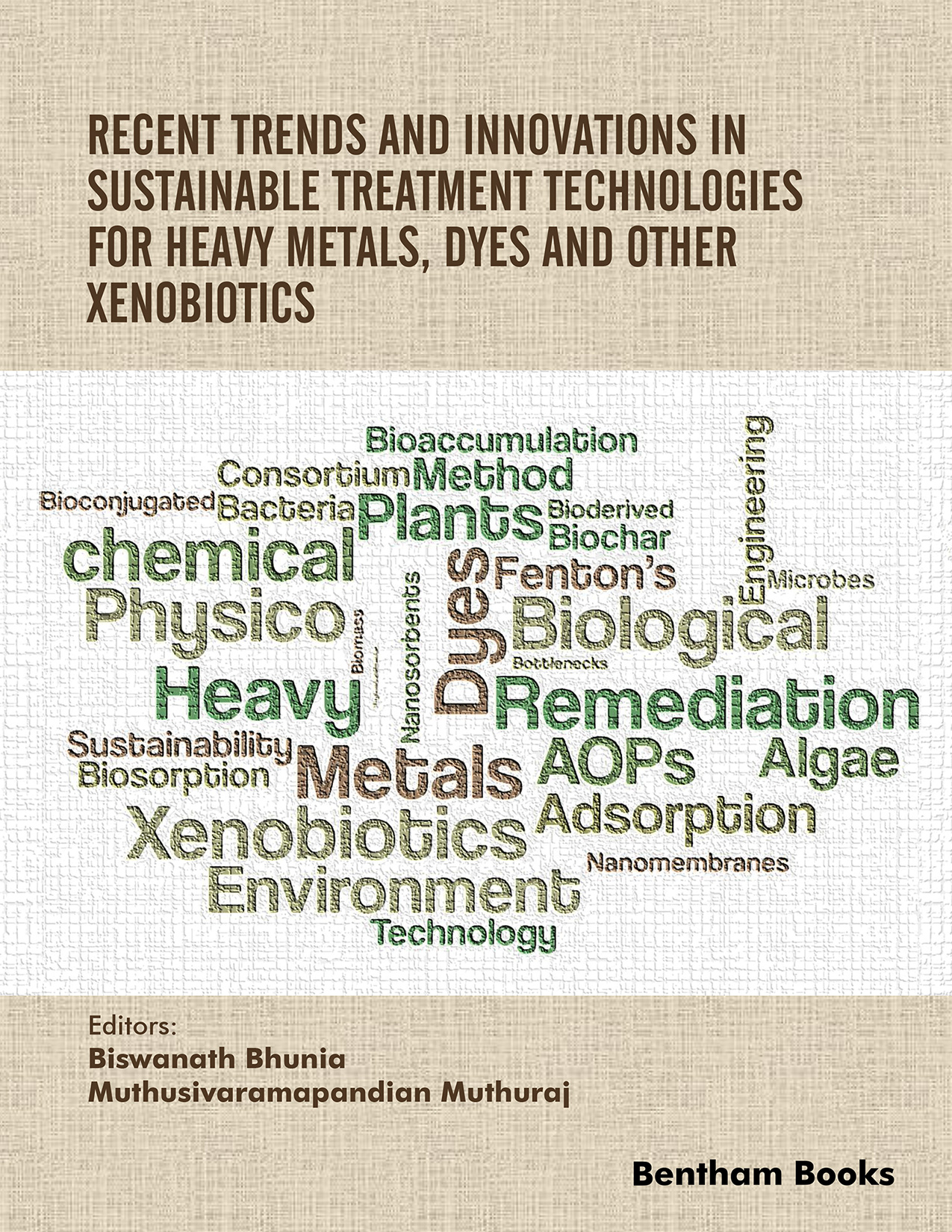Introduction
This book integrates knowledge about innovative technologies developed in the past decade with information about commercial-scale processes. It is written with the objective to help readers to understand the potential of achieving sustainability and high efficiency in wastewater treatment. The book presents nine chapters. Chapter 1 details the types of wastewater, its characteristics, and the major commercial-scale strategies employed to treat wastewater. Chapter 2 details the different types of physicochemical methods utilized for the remediation of heavy metals, dyes, and xenobiotics. Chapters 3 and 4 highlight innovations in the advanced oxidation process and adsorption for remediation of such complex molecules, respectively. Chapters 5, 6, and 7 highlight the recent innovations in bioremediation of xenobiotics, heavy metals, and dyes, respectively. Finally, chapters 8 and 9 discuss the latest technologies, prevailing bottlenecks, and the path ahead towards commercial viability and environmental sustainability in both physico-chemical and biological treatment processes.
Audience
Graduate students, postgraduate students and researchers in the field of chemical engineering, industrial chemistry, environmental chemistry, sustainability studies and wastewater treatment.

